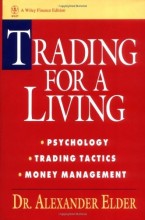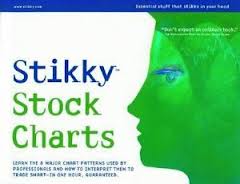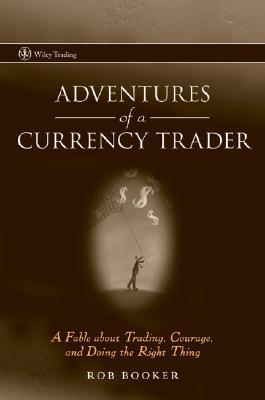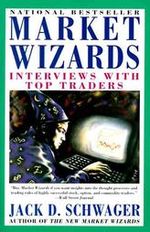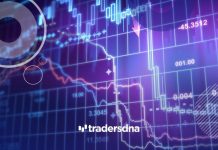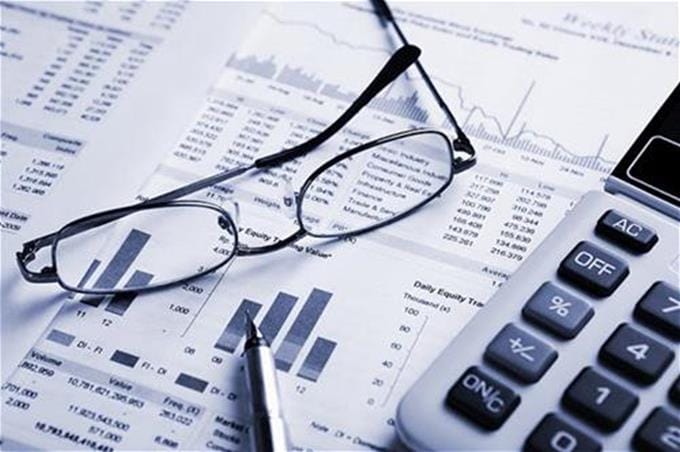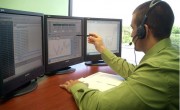Whether you’re an experienced trader or are just dipping your toe into the currency markets for the first time, it’s always beneficial to read a good book on the subject. There are plenty of average and below-average books about forex trading out there, but only a handful of very good ones. In this three-part series, we’ll be taking a look at what we feel to be the best books on the market for those who are looking to learn about forex trading.
Trading For A Living
Dr. Alexander Elder (Wiley Finance)
Available in hardcover, e-book and audiobook formats from Amazon.com
This weighty tome has long been considered to be a must-read for anyone who is interested in learning about trading. It covers a wide range of topics, such as using a computer to identify good trades, calculating probabilities, developing a profitable trading system, money management, and getting into the right frame of mind. While it is aimed at the novice, it is comprehensive enough that more experienced traders would also benefit from reading it. The only drawback is the price – it’s one of the more expensive books on this list, but if you are just starting out in trading, it really is a great place to begin. There is also a study guide available for this book that provides over 200 multiple-choice questions to help you hone your trading knowledge and help you to understand the lessons contained in the main book.
Stikky Stock Charts
Laurence Holt (Laurence Holt Books)
Available in paperback from Amazon.com
A book that’s all about reading and interpreting charts is always going to be a little on the dull side, but Laurence Holt does a fairly good job of keeping the tone friendly and conversational in a book that is otherwise quite data-heavy. In it, he explains how the eight most common types of chart work, and how they can inform your trading decisions, using a simple pattern-based method. The techniques used in this book were put through hundreds of hours worth of extensive research and testing to simplify them and ensure that they could be employed successfully by the reader. While most of the book is about charts, there is also a ‘Next Steps’ section giving advice on choosing a broker, picking the right software, and where to find the information you need (such as free chart sources) to put the techniques in the book into practice.
Adventures of a Currency Trader
Rob Booker (Wiley Finance)
Available in Hardcover and Kindle formats from Amazon.com
Most educational books about forex tend to be of the how-to variety, but in this book, the author takes the unusual approach of writing it as a fiction novel. It’s a light-hearted, humorous parable about a forex-trading everyman with a nasty habit of losing money. Throughout his journey, he makes a lot of mistakes, but most importantly, he learns from them, and the reader (hopefully) learns with him. It’s the kind of book that should, by all rights, be terrible, but the quality of Booker’s writing ensures that the odd mix of fiction and finance education actually works. He manages to distill years of real-world trading experience into a compelling narrative that is a lot easier to get through than most educational books about forex trading. While it might be pushing it a bit to say that it would be just as entertaining to somebody who wasn’t interested in trading the currency markets, it certainly is an interesting and worthwhile read for anyone who is.
Market Wizards
Jack D Schwager (HarperCollins)
Available in hardcover, paperback, and e-book formats from Amazon.com
This collection of trader interviews was first published in 1988, and is now considered a classic of the genre. The success of this book spawned two best-selling sequels, The New Market Wizards in 1992 and Stock Market Wizards in 2001. In it, Schwager talks to traders across a wide range of markets, and rounds off each interview with a rundown of what he feels to be the main insights from that trader. The over-riding message of the book is the importance of taking the time to form your own trading methodology, rather than blindly following the advice of others. This comes across in all of the conversations in this book, which for all the technological and regulatory changes in the markets since, is as relevant today as it was 25 years ago.
Tradersdna is a leading digital and social media platform for traders and investors. Tradersdna offers premiere resources for trading and investing education, digital resources for personal finance, market analysis and free trading guides. More about TradersDNA Features: What Does It Take to Become an Aggressive Trader? | Everything You Need to Know About White Label Trading Software | Advantages of Automated Forex Trading


























